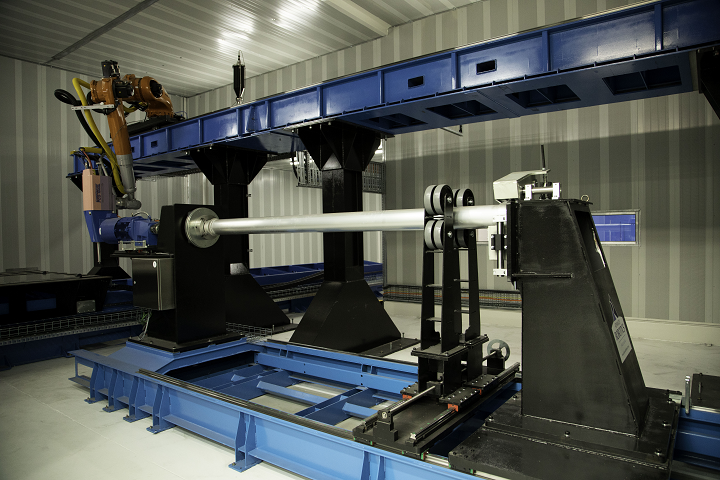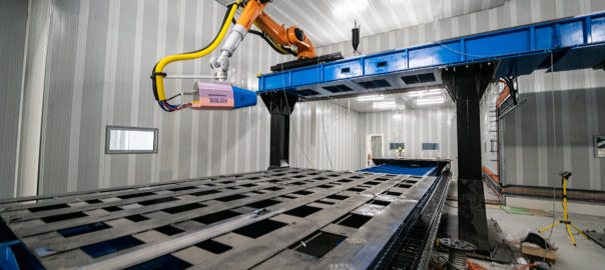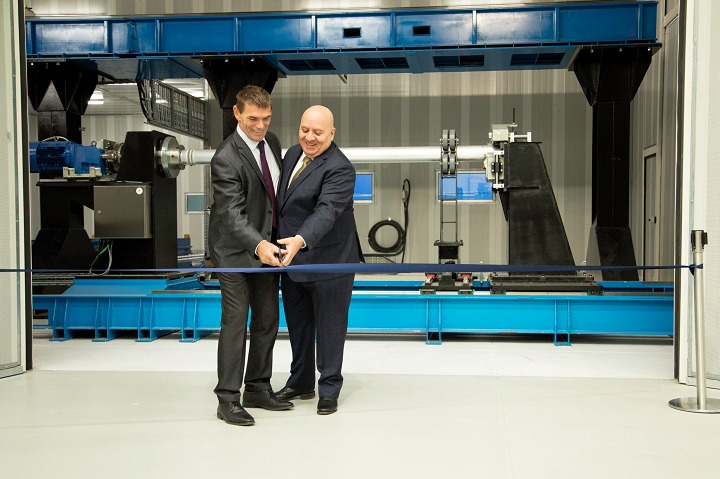The first time we wrote about Titomic, it was to announce that the 3D metal printing company was going to manufacture Callaway’ Golf equipment. A few weeks later, during the month of May, the company unveiled a new metal 3D printer, one of the largest and said to be the fastest in the world.
Furthermore, in collaboration with the Commonwealth Scientific and Industrial Research Organization (CSIRO), the company co-developed a Kinetic Fusion Process. During an interview with our colleagues from Manufacturer’s Monthly, Titomic founding director and CTO, Jeffrey Lang explained that the patented process “produces load-bearing 3D forms from fusing metallic powder feedstock sprayed at supersonic speeds.” Due to its 6-axis robot arm, the process sprays titanium powder particles onto a scaffold at supersonic speeds of around 1 km/s.
As far as the 3D printer is concerned, it has a build area of 9 x 3 x 1.5 and according to the company, its technology enables to 3D print bigger than what current industry metal 3D printers might offer.

The CTO and founder explained that while most metal printing processes use an electron beam laser to melt the metal, there is no melting involved in [their] process. Therefore, there are no heat-related distortions and the materials retain their properties.
“This also means that we are not limited by size. Because melting metals in the conventional 3D printing processes causes them to oxidise, the conventional metal 3D printing needs to take place inside a vacuum chamber. Lack of melting in our process means that we are not limited by size”, said Jeffrey Lang.

Furthermore, if this technology positions itself as the ideal candidate in the aerospace industry, the director still has some reservations regarding some applications: “If we could make those parts as near net shape components, that is to create the final shape of the part and then add just a little bit extra burden of the material on it, we could reduce that machining time in some instances by 80 per cent,” Lang said.
“We are not saying this technology can jumpstart now and replace the current aerospace process. But our process is currently one of the most significant processes that those aerospace companies are looking at. We have come up with additional solutions to remove a small amount of porosity to achieve aerospace grade.
“For one of the aerospace components, which can be up to $4 million in cost, we can reduce production time from 200 hours down to 6 hours.”
Lastly, even though the technology is made in Australia, “it does not benefit just one country. It’s about securing a better future for all humanity and future generations on this planet.”






